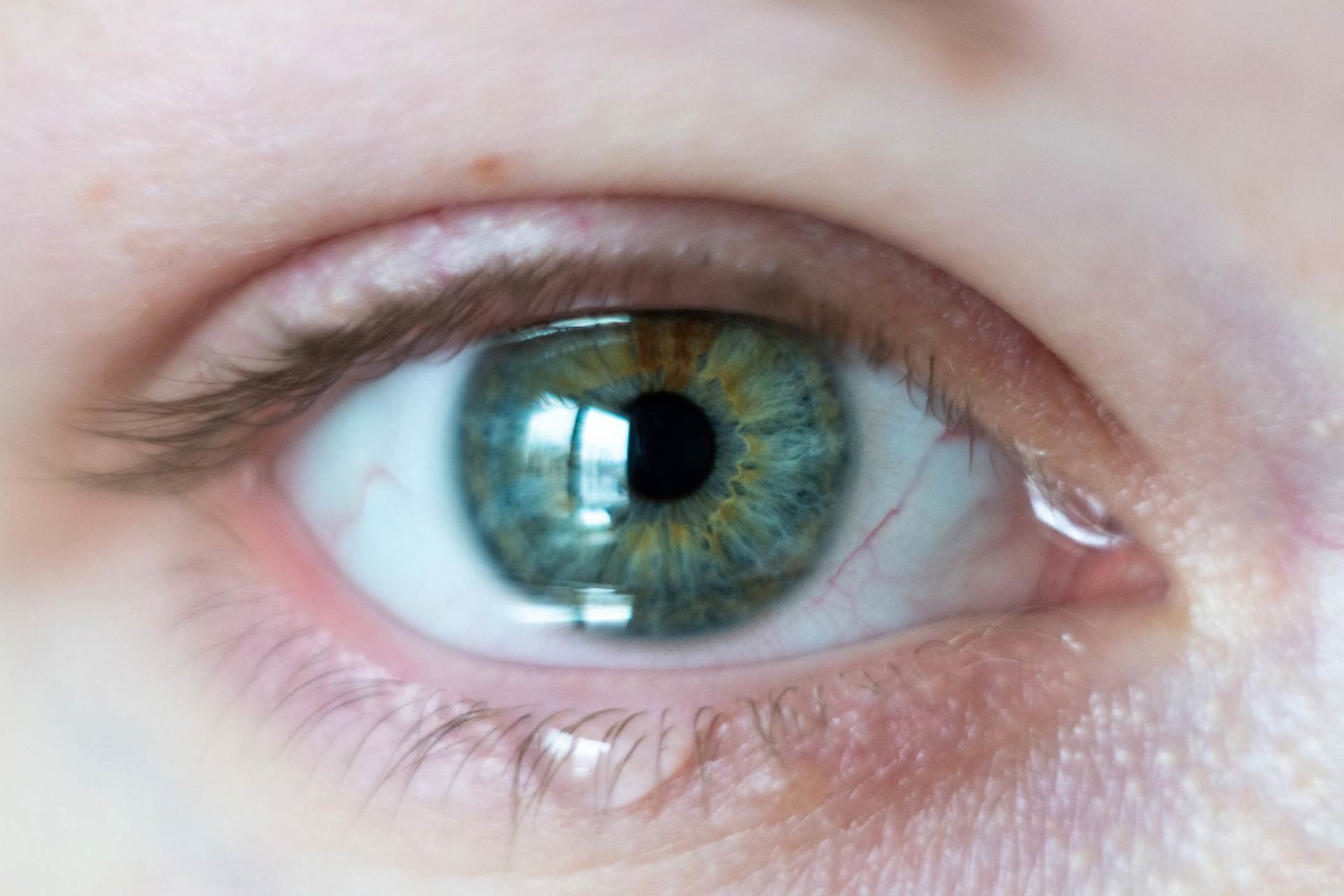Indian doctors have welcomed the Chinese study, but sought more data and prefer a retina examination in known diabetic cases.

Tear drops help in identifying your eye diseases. (Creative Commons)
Did you know that a drop of human tear contains a wealth of information that could help detect eye diseases?
A team of researchers from China has developed a nanomembrane system that can act as an early indicator of diabetes.
Though Indian ophthalmologists welcomed the study, they sought more data and preferred to do a retina examination in known diabetic cases.
The study by Wenzhou Medical University published in ACS Nano said that human tears can now be used to diagnose sickness.
Fei Lou, a biomedical engineer at the university and one of the authors of the study, stated, “We wanted to show the possibility of using tears to diagnose sickness.”
According to the researchers, the nanomembrane system — dubbed I-Tears — harvests and purifies tiny droplets called exosomes from tears. This allows their rapid analysis for disease biomarkers.
Tears apparently contain small sacs, which are similar to saliva and urine and loaded with cellular signals. These tiny mailbags could even give information about diseases inside the body, the study said.
The researchers explained that the exosomes are like minuscule bubbles that can transport many useful things — like nucleic acids, proteins, lipids, and metabolites — to other cells like a postman.
If this is looked into at a deeper level, the presence of a particular protein in an exosome could be seen as a clue that the person has a particular disease.
The scientists also discovered that various forms of dry-eye diseases leave unique molecular fingerprints in people’s tears.
They are now researching to see what else can be accomplished with human tear analysis.
The researchers performed the tests on people with diabetic retinopathy, which is a complication of diabetes that causes damage to the eye.
They looked for the presence of certain genetic material (micro-RNAs) in the exosome.
They said that they were confident that through this system they could diagnose even neurodegenerative diseases and cancer.
An ophthamologist in Bengaluru’s Karnataka Institute of Diabetes, Dr Dinesh S, said that any new investigation that is non-invasive and reliable Is very welcome.
However, as far as detecting diabetic retinopathy through this method was concerned, “it would be good if it had predictive value wherein the vulnerable sections of the population would be made aware of the risk and individualised measures could be taken in such patients”, he said.
And as far as the follow-up of already-diagnosed retinopathy patients was concerned, he preferred a retina examination.

May 02, 2024

May 02, 2024

May 02, 2024

May 02, 2024

May 02, 2024

May 02, 2024